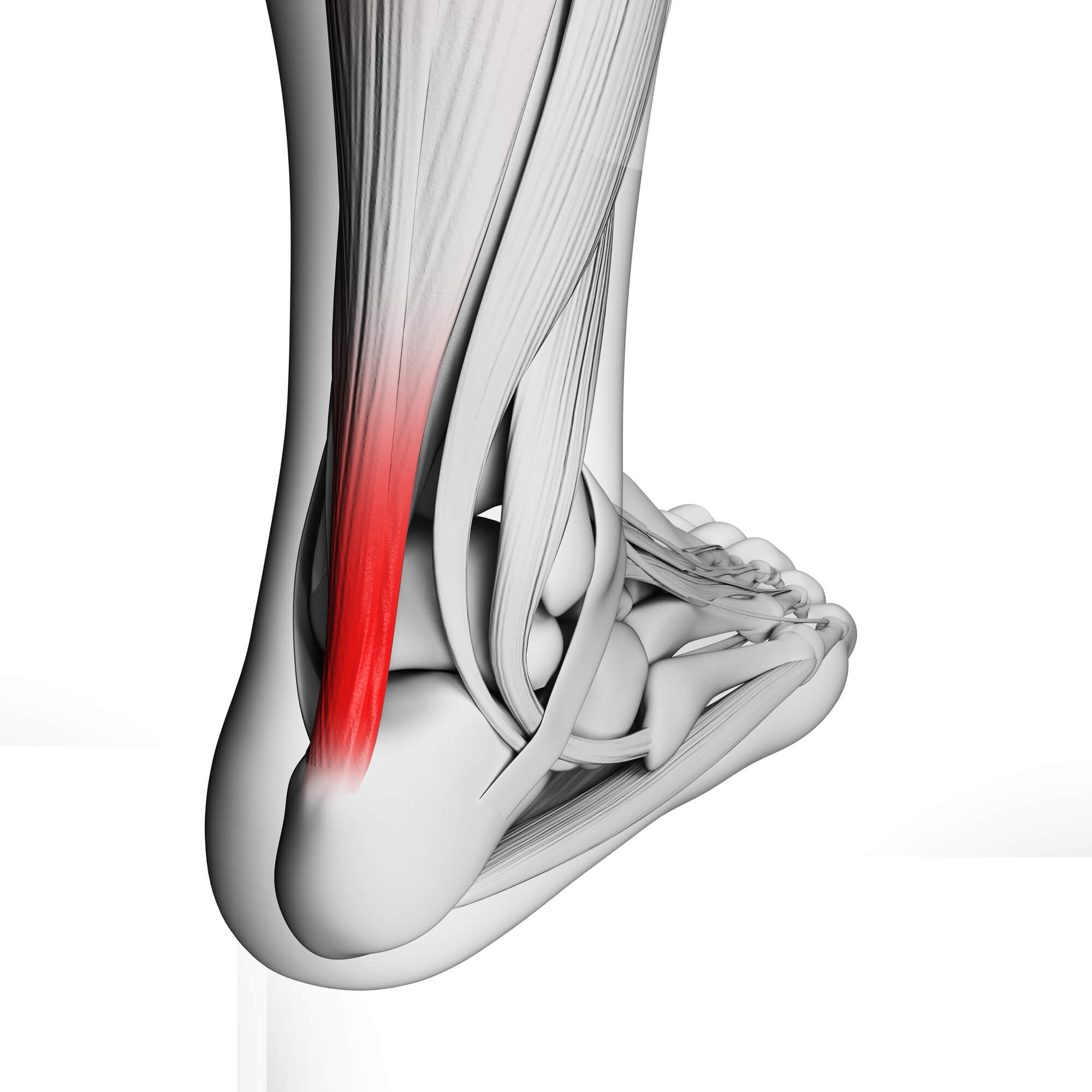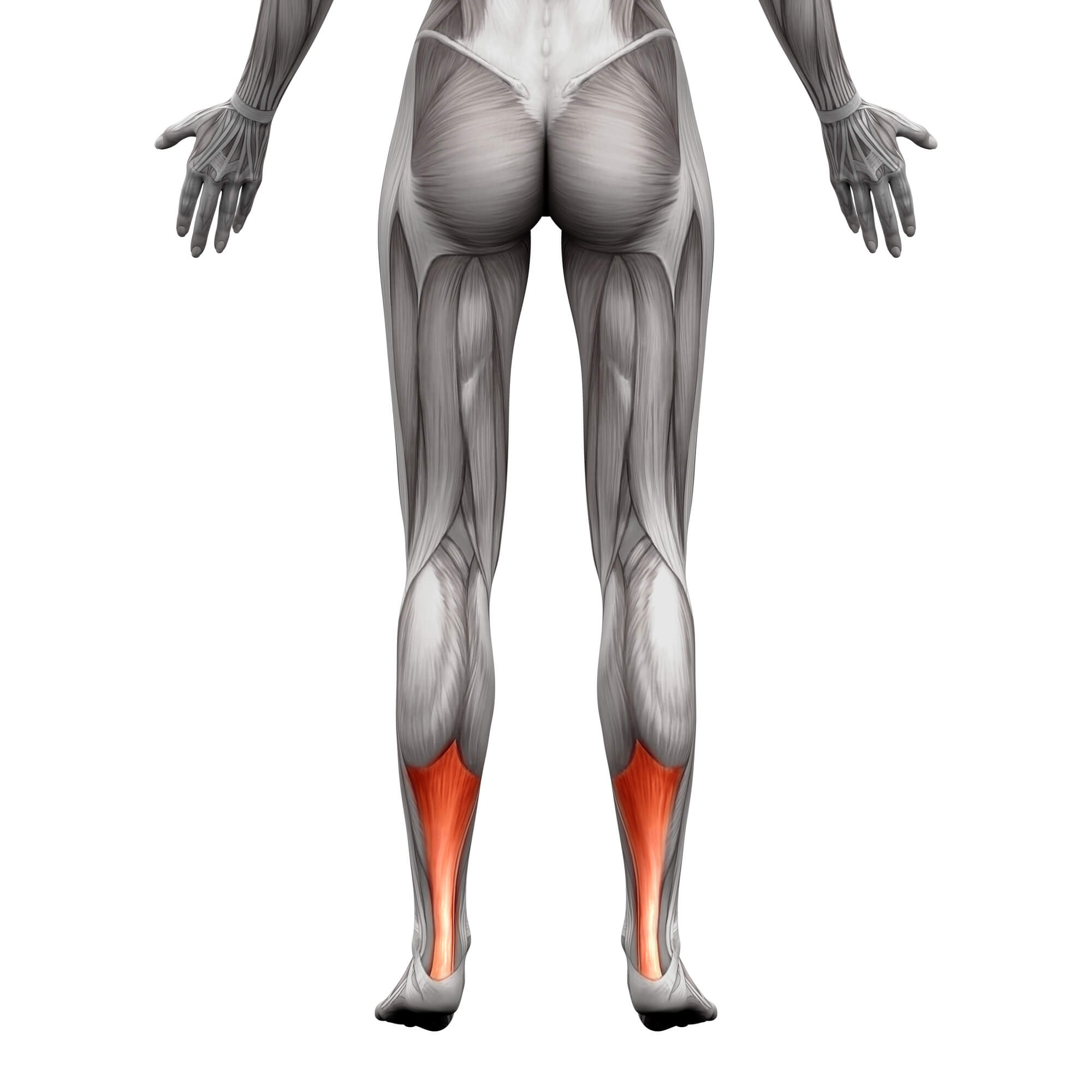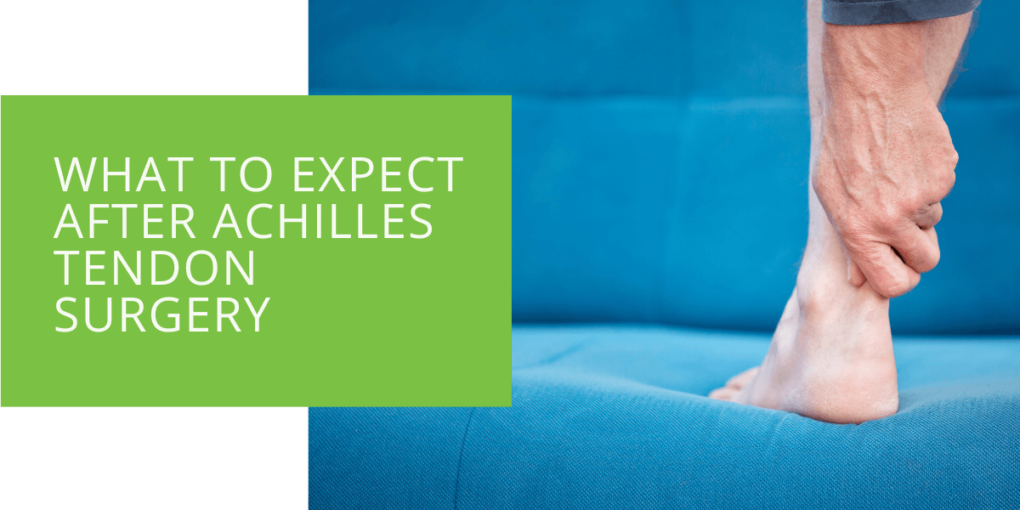What to Expect After Achilles Tendon Surgery
The Achilles tendon is a large tendon that connects the calf muscles to the heel bone. It is one of the strongest and most essential tendons in the body. However, it is also vulnerable to injury and can be subject to ruptures or tears, especially in athletes and active individuals.
Achilles tendon repair surgery is commonly used to repair a ruptured or torn Achilles tendon. The surgery involves an incision in the back of the ankle and reattaches the tendon to the heel bone. Recovery from Achilles tendon surgery can be challenging, but it is possible to recover fully with the right preparation and care.
Preparing for Achilles Tendon Surgery Recovery
Preparing for recovery is essential to ensure smooth and successful healing after Achilles tendon surgery. Before your surgery, your podiatrist will provide specific instructions on what to expect during and after the surgery. It is important to follow these instructions carefully to minimize the risk of complications and ensure a smooth recovery.
Immediately after your surgery, your foot and ankle will be bandaged, and you may experience pain and discomfort. Your doctor may prescribe pain medicine to help manage the pain, and you may be given a splint, brace, or walking boot to support your ankle and lower leg.
During the first few days after surgery, it is essential to rest and avoid putting weight on your foot. You will likely need to use crutches or a walker to move around, and you may need to keep your foot elevated to reduce swelling.

The First Week of Recovery
During the first week of recovery, following your doctor's instructions carefully is essential to ensure a smooth healing process. You may need to change your dressings and keep the surgical site clean and dry. Your doctor will provide specific instructions on when and how to change your dressings and when you can start showering again.
You may also need to take over-the-counter pain medicine to help manage the pain and discomfort during this recovery phase. Following the recommended dosage and speaking to your doctor before taking any new medications is important.
Your doctor may also recommend physical therapy or exercises to help regain strength and flexibility in your foot and ankle. Physical therapy may include exercises to strengthen your calf muscles and improve your range of motion.
Weeks 2-4 of Recovery
As you progress through the second to fourth week of recovery, you may feel more comfortable putting weight on your foot. However, it is important to follow your doctor's instructions carefully and not push yourself too hard. Your doctor may recommend using a brace or supportive device to help support your ankle and prevent further injury.
During this recovery phase, you may transition out of bandages and into more supportive shoes or braces. Your doctor may recommend wearing special orthotic inserts to help support your foot and prevent future injuries.
Long-Term Recovery
It is important to remember that recovery from Achilles tendon surgery is gradual and may take several months to recover fully. Your podiatrist will provide specific instructions on when you can return to normal activities, including work, exercise, and sports.
To prevent a recurrence of the Achilles tendon injury, it is essential to wear shoes that fit properly and do not put pressure on your Achilles tendon. Maintaining good foot hygiene and keeping your feet clean and dry are also important.
In some cases, Achilles tendon injuries can recur even after surgery. If you notice any signs of your injury returning, such as pain, swelling, or a popping sensation, you must contact your podiatrist immediately.

Types of Tendon Surgery
There are several types of tendon surgery, each with unique techniques and approaches. Here are some of the most common types of tendon surgery:
- Tendon Repair: Tendon repair surgery repairs a ruptured or torn tendon. During the surgery, the torn ends of the tendon are reattached using sutures, staples, or other materials. This type of surgery is common in Achilles tendon ruptures or tears.
- Tendon Transfer: Tendon transfer surgery involves taking a tendon from one part of the body and using it to replace a damaged or ruptured tendon in another part of the body. This surgery often treats rotator cuff tears or chronic Achilles tendonitis.
- Tendon Graft: Tendon graft surgery involves replacing a damaged or ruptured tendon with a graft taken from another part of the body or a donor source. This type of surgery is often used to treat conditions such as ACL tears or chronic tennis elbow.
- Tenolysis: Tenolysis surgery releases adhesions or scar tissue that have formed around a tendon, preventing it from moving freely. This type of surgery is often used in chronic tendonitis or nerve compression syndromes.
- Tenodesis: Tenodesis surgery involves reattaching a tendon to a different part of the bone to improve stability and function. This type of surgery is often used to treat conditions such as chronic shoulder instability or chronic ankle instability.
Each type of tendon surgery has unique risks and benefits, and your podiatrist will recommend the best approach for your specific condition. Discussing all options with your doctor and asking any questions or concerns you may have before undergoing tendon surgery is important. With the right approach and care, tendon surgery can help restore function and reduce pain and discomfort caused by tendon injuries or conditions.
Conclusion
Achilles tendon repair surgery is a significant step towards restoring your foot and ankle health and reducing the discomfort and pain associated with an Achilles tendon injury. Following your doctor's instructions carefully and taking the time to prepare and recover can ensure a smooth and successful healing process.
Being patient and taking the time to rest and recover properly is essential. Pushing yourself too hard too soon can lead to further injury and setbacks in recovery.
Remember to keep an open line of communication with your podiatrist throughout the recovery process. Your doctor is there to answer any questions or concerns and provide the support and guidance you need to recover fully.
Achilles tendon surgery can be a challenging experience, but with the right preparation and care, it is possible to recover fully. Follow your doctor's instructions carefully, rest, and take the time to recover properly. With patience and perseverance, you can recover from Achilles tendon surgery and return to your normal activities as soon as possible.

